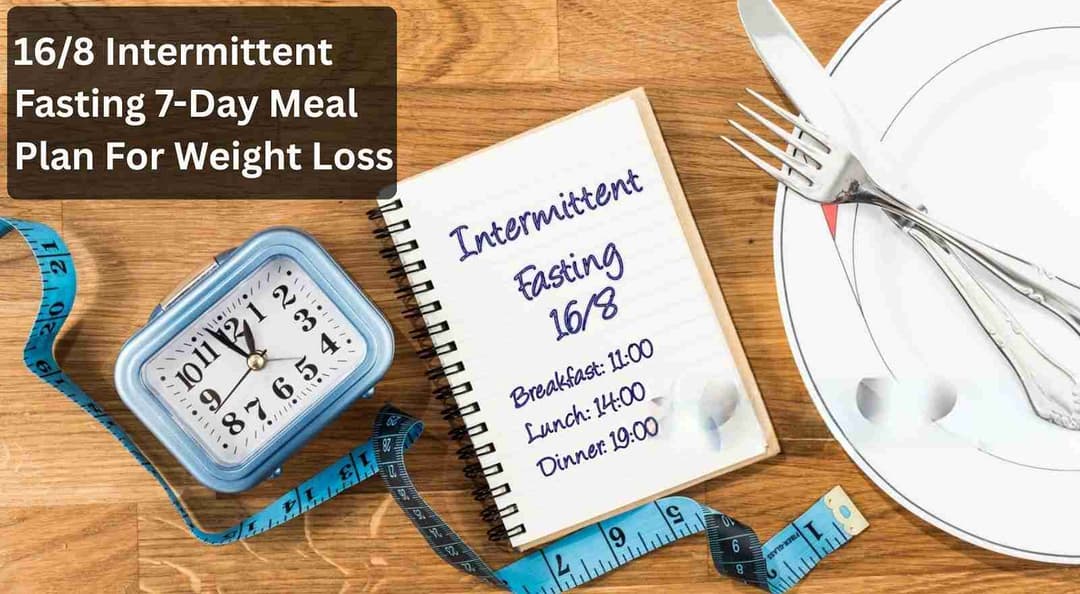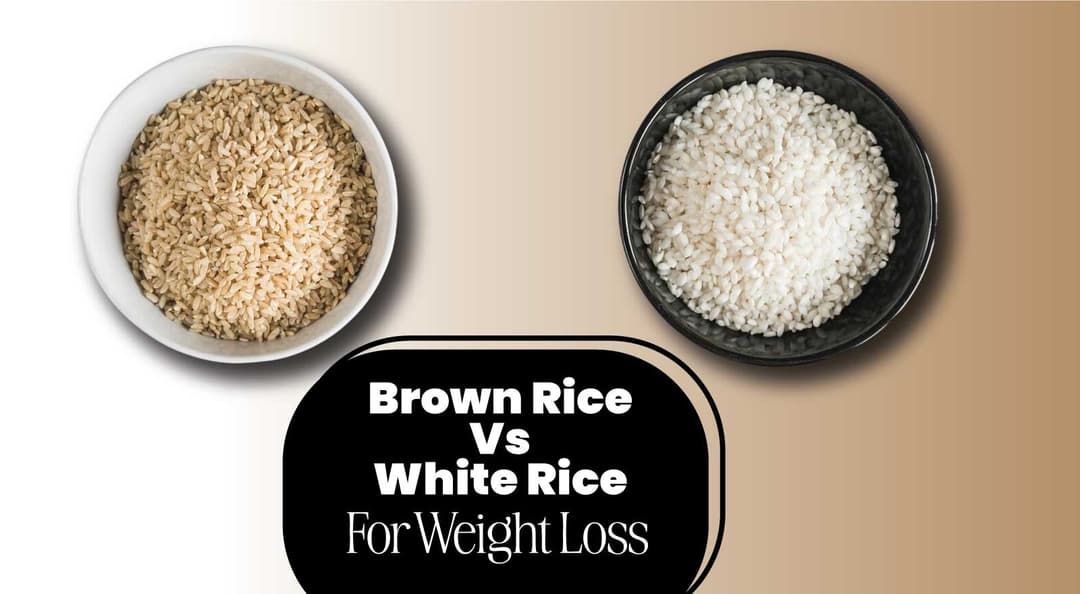Keeping your blood sugar levels in check is super important for staying healthy, and we all know it! Irregular blood sugar levels, whether elevated or decreased, can result in severe health issues, especially for those with diabetes or other metabolic conditions. As you age, your body’s metabolic processes and insulin sensitivity change, so your blood sugar can fluctuate greatly.
That’s why understanding the blood sugar chart by age is key! It helps you spot those normal ranges for different life stages, making it easier to manage your health and avoid problems linked to high glucose levels. When you know these age-specific standards, you and your healthcare team can make smarter choices about what to eat, how to move, and when to seek medical help.
Let us dive into this blog to understand blood sugar and the significance of monitoring it: the average blood sugar level by age, in females by age, age 50-70 sugar level chart, glucose level chart, diabetes chart and four ways to check blood sugar level.
Table Of Contents
1. Why Is Monitoring Blood Sugar Important?
2. Blood Sugar Level Types And Classification
3. Categorising Blood Sugar Levels On Various Parameters
4. Glucose Level And Diabetes By Age Chart
5. 4 Ways To Check Blood Sugar
6. Expert’s Advice
7. The Final Say
8. FAQs
9. References
Why Is Monitoring Blood Sugar Important?
Blood sugar, also known as blood glucose, is the glucose level in your blood. Glucose, which mainly comes from the carbohydrates in our diet, is the primary energy source for the body. After consumption, carbohydrates are converted into glucose, which then travels through the bloodstream to cells, which are utilised as fuel. Insulin, a hormone created by the pancreas, aids in controlling blood sugar levels by assisting with glucose absorption into cells.
Monitoring blood sugar levels is crucial for everyone, but especially for people with diabetes, prediabetes, or those at risk of metabolic conditions. Understanding your blood sugar trends can help you manage these conditions and prevent complications such as:
- Cardiovascular disease: Because high blood sugar damages blood arteries and neurons, it increases the risk of heart disease and stroke.
- Kidney damage (nephropathy): Renal failure or chronic renal disease can result from uncontrolled blood sugar.
- Nerve damage (neuropathy): Persistently high blood sugar can cause nerve damage, especially in the legs and feet, leading to pain, tingling, or numbness. For instance, one of the causes of calf muscle pain is due to diabetic neuropathy.
- Eye damage (retinopathy): Increased blood sugar levels may cause damage to the retina's blood vessels, resulting in impaired vision and even blindness.
Also Read: Manage Your Sugar Cravings During Weight Loss | ToneOpFit
Blood Sugar Level Types And Classification

Normal Blood Sugar Levels: Maintaining healthy blood sugar levels is crucial for overall well-being. Fluctuations can occur throughout the day based on factors like diet, physical activity, and stress.
Here’s a breakdown of normal blood sugar levels:
1. Fasting Blood Sugar (FBS)
- Normal: Less than 100 mg/dL (5.6 mmol/L)
- Prediabetes: 100–125 mg/dL (5.6–6.9 mmol/L)
- Diabetes Diagnosis: 126 mg/dL (7.0 mmol/L) or above in two separate tests.
Fasting blood sugar levels give insight into how your body manages glucose overnight or during fasting periods. High levels may indicate insulin resistance or type 2 diabetes.
2. Postprandial Blood Sugar (PPBS)
- Normal: Less than 140 mg/dL (7.8 mmol/L) two hours after eating.
- Prediabetes: 140–199 mg/dL (7.8–11.0 mmol/L) two hours after eating.
- Diabetes Diagnosis: 200 mg/dL (11.1 mmol/L) or above postprandial for two hours.
Postprandial levels are important for assessing how your body processes sugar from meals, with elevated levels indicating potential diabetes or prediabetes.
3. Random Blood Sugar (RBS)
- Normal: Less than 200 mg/dL (11.1 mmol/L)
- Diabetes Diagnosis: 200 mg/dL (11.1 mmol/L) or higher with symptoms of hyperglycemia.
Random blood sugar tests provide a snapshot of glucose levels at any time of day, helping to understand fluctuations, especially for those with diabetes.
4. HbA1c Levels
- Normal: Less than 5.7%
- Prediabetes: 5.7%–6.4%
- Diabetes: 6.5% or higher
The HbA1c test averages your blood sugar levels over the past few months, offering a longer-term view of glucose control.
Also Read: Healthy Waist To Height Ratio in Male & Females | ToneOpFit
Categorising Blood Sugar Levels On Various Parameters
Here is a normal blood sugar levels chart by age, female blood sugar levels by age and age 50-70 age sugar level age-wise chart:
Normal Blood Sugar Levels Chart By Age | |||
| Age Group | Fasting Blood Sugar (mg/dL) | Postprandial (2 hours after eating) (mg/dL) | Random Blood Sugar (mg/dL) |
Children (0–5 years) | 70–100 | Less than 140 | Less than 180 |
Children (6–12 years) | 70–110 | Less than 140 | Less than 180 |
| Adolescents (13–19 years) | 70–110 | Less than 140 | Less than 200 |
Adults (20–59 years) | 70–100 | Less than 140 | Less than 200 |
| Older Adults (60+ years) | 80–140 | Less than 180 | Less than 200 |
Female Blood Sugar Levels Chart By Age | |||
| Age Group | Fasting Blood Sugar (mg/dL) | Postprandial (2 hours after eating) (mg/dL) | Random Blood Sugar (mg/dL) |
Children (0–5 years) | 70–100 | Less than 140 | Less than 180 |
Children (6–12 years) | 70–10 | Less than 140 | Less than 180 |
| Adolescents (13–19 years) | 70–110 | Less than 140 | Less than 200 |
Adults (20–39 years) | 70–100 | Less than 140 | Less than 200 |
Adults (40–59 years) | 70–100 | Less than 140 | Less than 200 |
| Older Adults (60+ years) | 80–140 | Less than 180 | Less than 200 |
Age 50-70 Sugar Level Chart Age-Wise | |||
| Age Group | Fasting Blood Sugar (mg/dL) | Postprandial (2 hours after eating) (mg/dL) | Random Blood Sugar (mg/dL) |
| 50-54 years | 80–130 | Less than 180 | Less than 200 |
| 55-59 years | 80–130 | Less than 180 | Less than 200 |
| 60-64 years | 80–140 | Less than 180 | Less than 200 |
| 65-70 years | 80–140 | Less than 180 | Less than 200 |
Glucose Level And Diabetes By Age
Chart
Here are the charts depicting glucose and diabetes levels based on age:
Glucose Level By Age Chart | |||
| Age Group | Fasting Blood Sugar (mg/dL) | Postprandial (2 hours after eating) (mg/dL) | Random Blood Sugar (mg/dL) |
| 50-54 years | 70–130 | Less than 180 | Less than 200 |
| 55-59 years | 70–130 | Less than 180 | Less than 200 |
| 60-64 years | 70–140 | Less than 180 | Less than 200 |
| 65-70 years | 80–140 | Less than 180 | Less than 200 |
Age Group | Normal (mg/dL) | Prediabetes (mg/dL) | Diabetes (mg/dL) |
|---|---|---|---|
50-54 years | Fasting: <100 | Fasting: 100–125 | Fasting: ≥126 |
Postprandial: <140 | Postprandial: 140–199 | Postprandial: ≥200 | |
55-59 years | Fasting: <100 | Fasting: 100–125 | Fasting: ≥126 |
Postprandial: <140 | Postprandial: 140–199 | Postprandial: ≥200 | |
60-64 years | Fasting: <100 | Fasting: 100–125 | Fasting: ≥126 |
Postprandial: <140 | Postprandial: 140–199 | Postprandial: ≥200 | |
65-70 years | Fasting: <100 | Fasting: 100–125 | Fasting: ≥126 |
Postprandial: <140 | Postprandial: 140–199 | Postprandial: ≥200 |
Also Read: 15 Yoga For Diabetes With Proven Benefits For Blood Sugar Control!
4 Ways To Check Blood Sugar
Here are four ways to check blood sugar levels:
1. Continuous Glucose Monitoring (CGM)
Continuous Glucose Monitoring (CGM) involves a small sensor under the skin that tracks glucose levels in real-time throughout the day and night. This technology allows individuals to see their blood sugar trends and fluctuations, providing valuable insights for better diabetes management. Alerts can also notify users of high or low glucose levels, helping to prevent complications.
2. Home Glucometer
A home glucometer is a portable device that allows individuals to conveniently self-monitor their blood sugar levels. These devices are simple to use and usually require pricking the fingertip to draw blood, which is then examined. Home glucometers are widely available over the counter, making them an accessible option for daily tracking of blood glucose levels.
3. Laboratory Testing
Laboratory testing involves taking blood samples that are analysed in medical laboratories for precise measurements of blood sugar levels. This method often includes various tests, such as fasting blood sugar, postprandial glucose, and HbA1c, to comprehensively understand a person’s glucose metabolism. Laboratory testing is necessary for correct diagnosis and continued management of diabetes.
4. Urine Glucose Test
Through the measurement of glucose in urine, blood sugar levels are indirectly indicated by the urine glucose test. While this test is not commonly used for diagnosing diabetes, elevated glucose levels in urine can suggest hyperglycemia (high blood sugar). This test is often used to monitor overall glucose control, particularly in individuals with diabetes.
Also Read: Know Your Ideal Percentage Of Body Fat - Now | ToneOpFit
Expert’s Advice
Focus on regularly consuming a balanced diet full of whole grains, lean meats, and healthy fats to help you control your blood sugar levels based on the blood sugar chart by age. Incorporate more vegetables and legumes while limiting processed foods and added sugars. Regularly monitor portion sizes to avoid overeating. Limit sugary drinks and drink lots of water to stay hydrated.
In addition, you can have methi dana (fenugreek seed water) to control blood sugar levels, as well as turmeric and chia seed water. Exercise for at least 150 minutes a week, including moderate activities such as cycling or brisk walking. You can also sign up for ToneOp Care’s Home Workout and Yoga sessions to maintain a fitness routine for your health and well-being.
ToneOp Care’s Balanced Diet Weight Loss Plan can help you with customised diet plans by expert dietitians to help you manage your weight for a healthy lifestyle.
Health Expert
Akshata Gandevikar
The Final Say
A blood sugar chart by age provides a valuable reference for understanding how glucose levels fluctuate over time and at different stages of life. By monitoring these levels and adopting healthy lifestyle habits, you can reduce your risk of complications associated with abnormal blood sugar levels. Whether you're managing diabetes or simply aiming for better health, staying informed and proactive about your blood sugar is key to living a balanced, energetic life.
FAQs
1. How do blood sugar levels change with age?
As people age, blood sugar levels may naturally increase due to decreased insulin sensitivity and changes in metabolism. Older adults often experience higher fasting and postprandial blood sugar levels.
2. At what age should I start monitoring my blood sugar levels?
It’s recommended to start monitoring blood sugar levels at age 45, especially if you have risk factors like obesity, a family history of diabetes, or high blood pressure. However, people with symptoms of diabetes or other risk factors may need to begin monitoring earlier. Regular screenings can help detect abnormalities early.
3. How do I interpret my blood sugar readings?
Blood sugar readings can be interpreted based on the time of measurement: fasting (8 hours without food), postprandial (2 hours after eating), or random. Normal fasting levels are under 100 mg/dL, postprandial levels should be under 140 mg/dL, and random levels should be under 200 mg/dL.
4. Can stress affect blood sugar levels?
Yes, stress can significantly impact blood sugar levels. Stress hormones like cortisol and adrenaline can raise blood sugar by increasing insulin resistance. To help maintain stable blood sugar levels, it’s essential to manage stress through relaxation techniques such as yoga, meditation, and deep breathing exercises.
References
- https://redcliffelabs.com/myhealth/blood-test/normal-blood-sugar-levels-chart-for-healthy-individuals-and-those-with-diabetes/
- https://www.medkart.in/blog/normal-blood-sugar-levels-chart
- https://www.sugarfit.com/blog/normal-blood-sugar-levels/
- https://www.eternalhospital.com/title/normal-blood-sugar-level-chart-based-on-age
- https://www.webmd.com/diabetes/how-test-blood-glucose
- https://redcliffelabs.com/myhealth/diabetes/blood-sugar-tests-list-of-blood-tests-that-help-identify-diabetes-normal-values-and-more/
About ToneOp Fit
ToneOp Fit is a platform dedicated to improving and maintaining good health through a comprehensive range of goal-oriented health plans with up to 3 Coach support. With a range of Weight Management, Medical Condition, Detox Plans, and Face Yoga Plans, the app also provides premium health trackers, recipes and health content. Get customised diet, fitness, naturopathy & yoga plans and transform yourself with ToneOp.









































